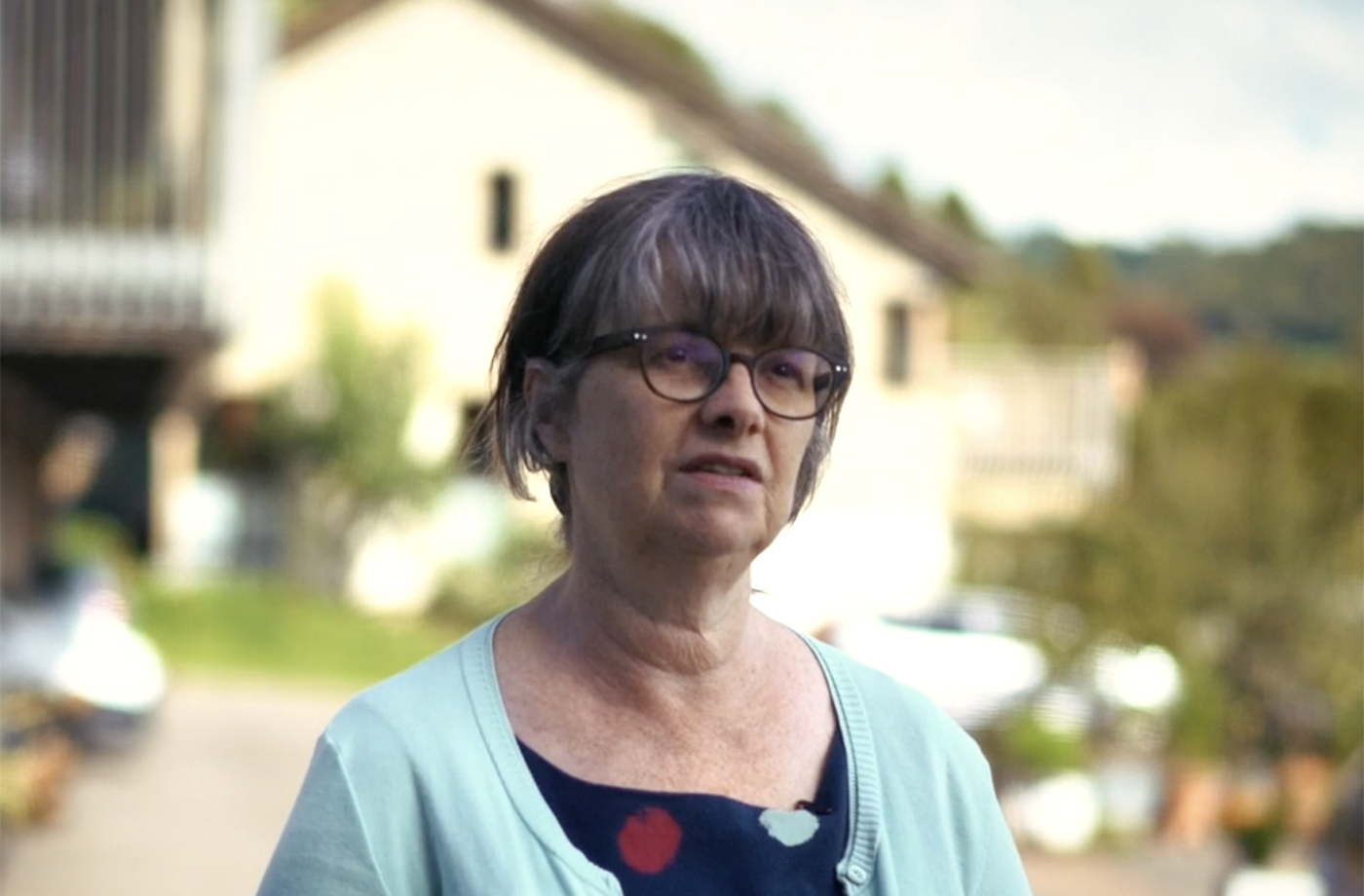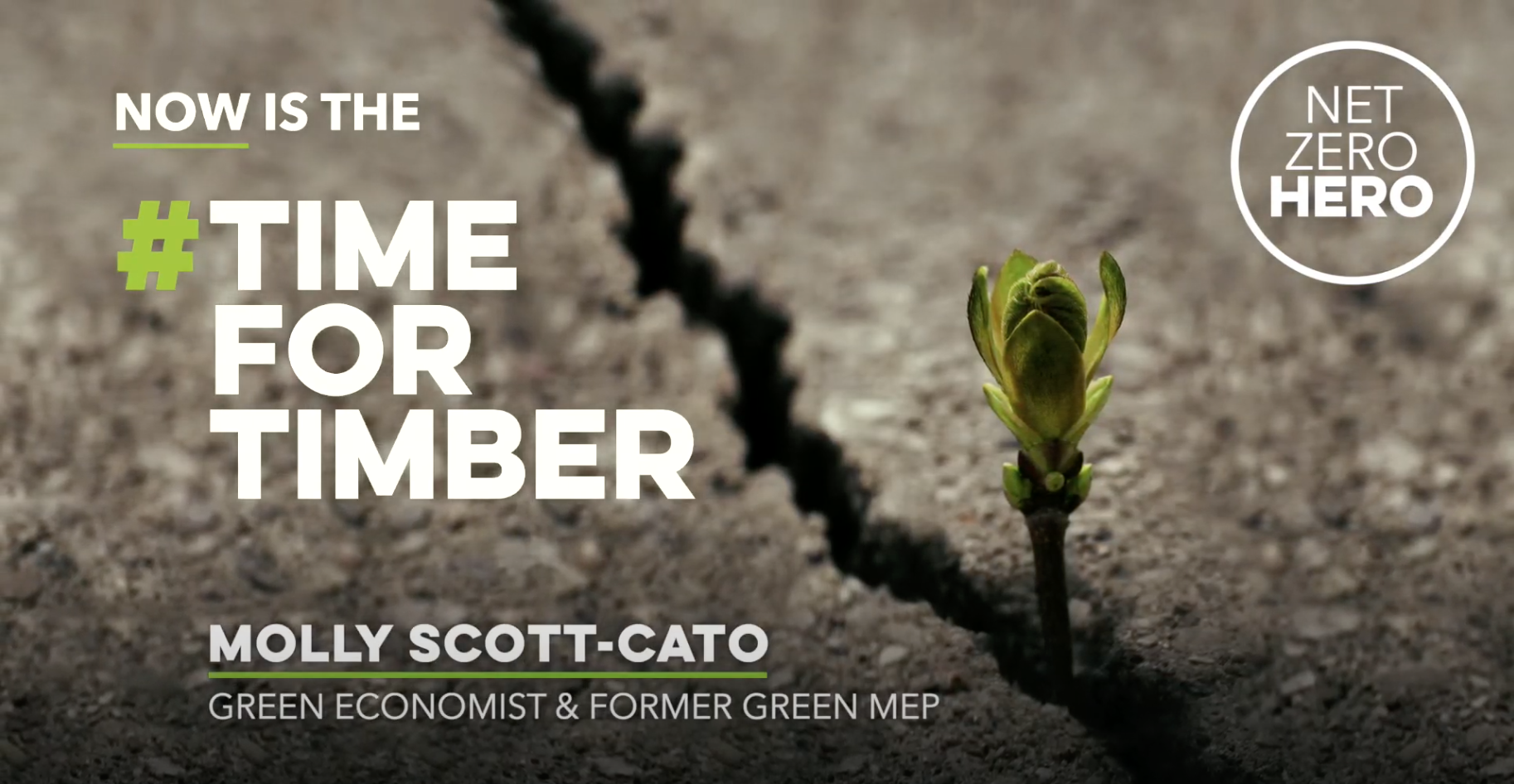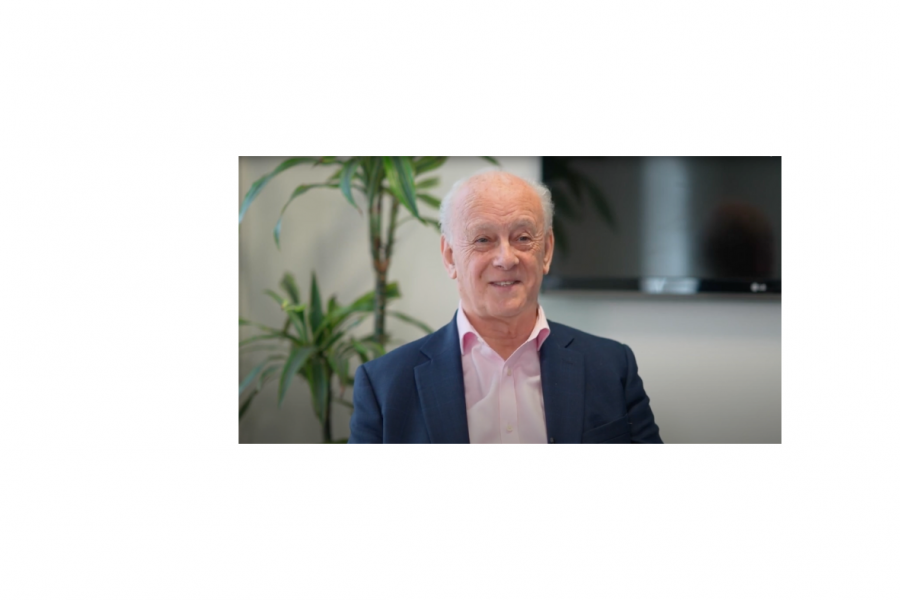Molly Scott-Cato is a Professor of Green Economics at the University of Roehampton Business School. She was elected as Green MEP for South West England and Gibraltar in May 2014.
Molly’s focus is on the green economy. Her work involves critiquing the existing monetary system and suggesting sustainable and stable alternatives. The link between the growth imperative that drives the environmental crisis and the debt-based nature of the existing money system is a central tenet of green economics.
Here is her thinking as to why now is the time for timber.
Does timber have a role to play in reaching carbon targets in the future?
We need to think about all the materials we use in all aspects of our lives. Construction is an important part of that and while we have to be careful about where the wood is grown and how it’s grown and that we replace it, it’s obvious that building from brick, which is a very energy intensive material, is going to have more of an energy impact than building with wood. I definitely see the use of wood in construction as an important part of a sustainable future.
How do you think timber supports the carbon reducing agenda?
What we’re trying to achieve from an economic point of view is a circular economy. You use something at one end, it then becomes a waste product and goes back into the environment, rather than drawing something out of the environment using a huge amount of energy into turning it into something useful and then creating waste product. So timber is definitely part of a circular economy approach to construction because you know that the trees grow naturally, they absorb carbon while they’re growing and then they hold that carbon and store it while they’re in the building. When the building is finished that carbon can go back into the soil. That’s how things were for most of our history. The creation of buildings through brick, steel, glass is a much more energy intensive way of building, so I think there’s a really important role for timber in construction in a sustainable society.
What are the challenges in insuring buildings built with combustible materials?
I can understand why people might be concerned about timber being a combustible material because we’re just not used to living in wooden buildings in this country, but plenty of other societies have mainly wooden buildings. You can think about Scandinavian countries and also the US and there isn’t an insurance problem there. The biggest threat to insurance values is coming from climate change and the really serious and extreme weather events that we’re having now, which are much more likely to create problems for the insurance industry than the very unusual event of a wooden building catching fire.
What are your thoughts on getting to net zero by 2050 and what will it mean for construction?
I think that 2050 is far too late and we need to be removing fossil fuels from our economy as quickly as possible. That has huge implications for every aspect of our lives, including construction, so we can’t afford to be using building materials that are energy intensive in their production. We also can’t afford to be creating buildings that need fossil fuels to keep them warm, so not only does that mean getting rid of gas boilers it also means having very well insulated buildings. We also need to be withdrawing carbon dioxide back from the atmosphere, so a product, like wood that actually absorbs carbon dioxide while it’s growing, more than a product like cement that actually produces carbon dioxide is a really important part of getting to net zero because we can start to re absorb the carbon dioxide we’ve already produced. Without that we’re not going to get to net zero by 2050 never mind 2030 – which I think is actually necessary.
Do you think the construction industry understands the challenges ahead, such as embodied carbon?
I’ve been working on this for 20 years and it amazes me that there really hasn’t been much progress in that time. What we need is a culture shift. I think the good news is that all industries are focused on this, but the problem is there’s a lot of builders out there who trained 20 or 30 years ago, and they just aren’t aware of the carbon implications of the way they are building houses. We really need to start changing the way we train builders today and changing the way the whole industry operates, but we also need to be retraining the builders who were trained 10 or 20 years ago where energy minimization was not a key part of their training. Everybody needs to be focused on that now.
Do architects have a role to play?
It’s about training architects. It’s also training the architectural consultants who are the technicians that actually make the buildings work. The design and choosing which materials to build with is important, but also the detail of how you construct the building; how you minimise energy loss; how you make sure you don’t have any of those energy bridges. -that’s all absolutely crucial. In a way this COVID hiatus has given us an opportunity to retrain everybody to change the way we’re building and to really invest in a green new deal where we are constructing with low energy materials. Materials like wood that can bring carbon back in from the environment and making sure that everybody is trained for the buildings of the future because the buildings that we’re building now are going to be with us for 100 years. It’s really vital that we get them right.




